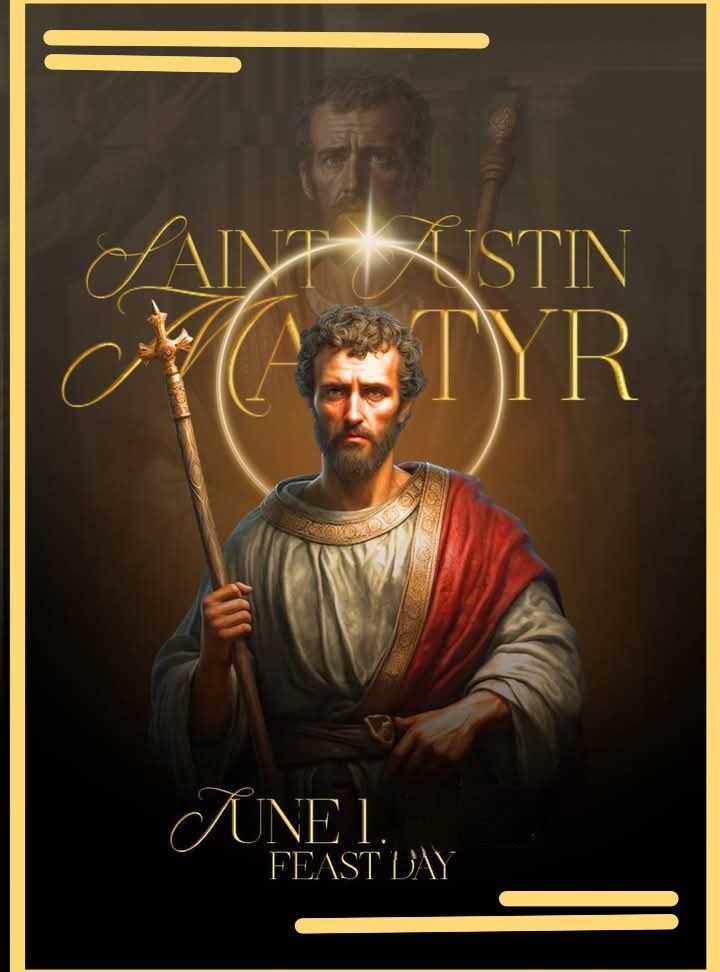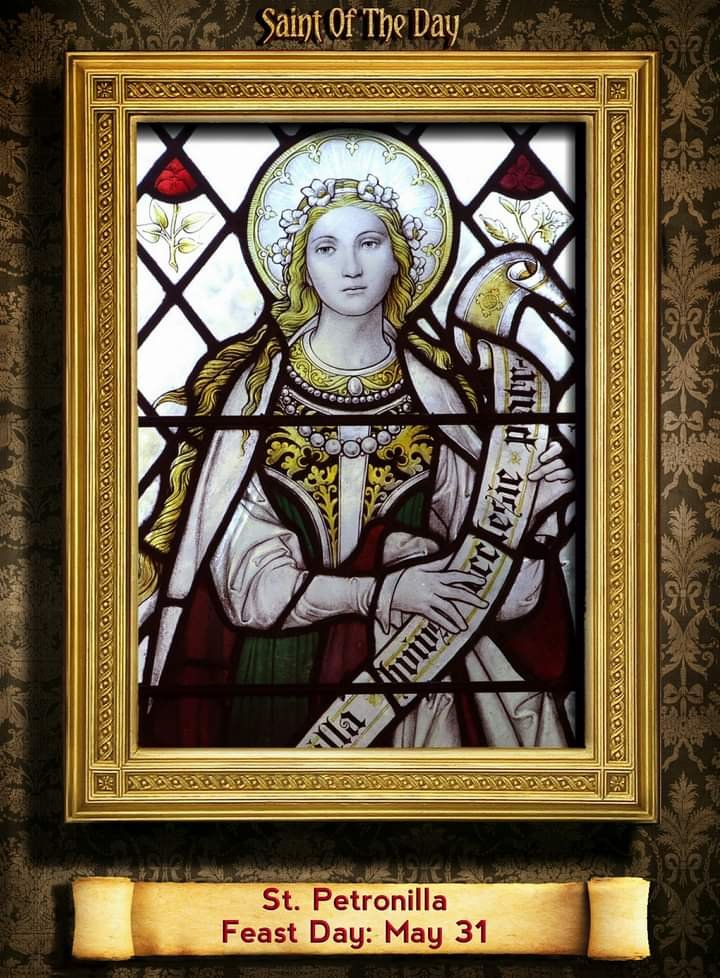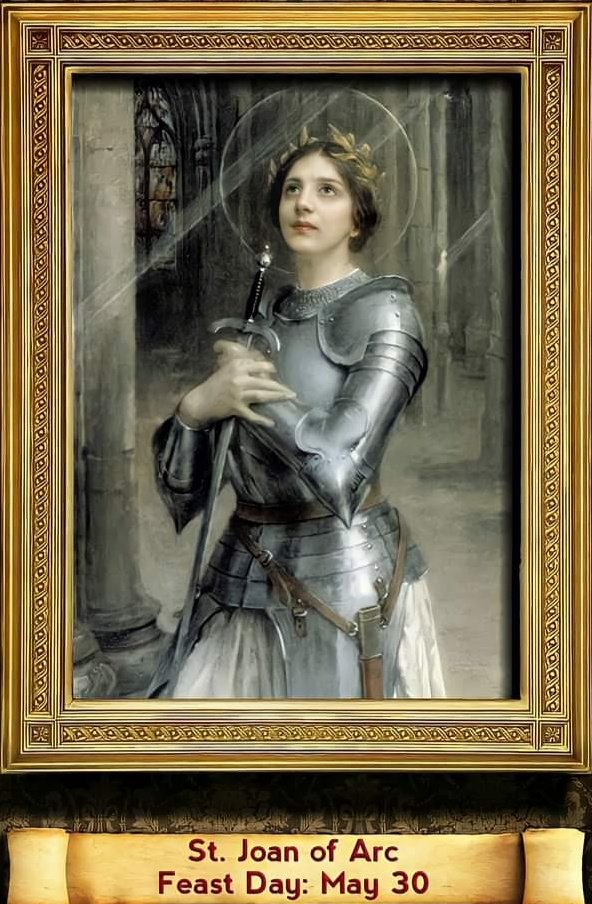FEAST OF SAINT CRISTOBAL MAGALLANES AND COMPANIONS, MARTYRS
FEAST DAY – 21st MAY
Cristóbal Magallanes Jara was born in Totatiche, Jalisco, Mexico on July 30, 1869. He was son of Rafael Magallanes Romero and Clara Jara Sanchez, who were farmers. He worked as a shepherd in his youth and enrolled in the Conciliar Seminary of San José in Guadalajara at the age of 19. Cristóbal was ordained at the age of 30 at Santa Teresa in Guadalajara in 1899.
He served as chaplain of the School of Arts and Works of the Holy Spirit in Guadalajara. He was then designated as the parish priest for his home town of Totatiche, where he helped found schools and carpentry shops and assisted in planning for hydrological works, including the dam of La Candelaria. He took special interest in the evangelization of the local indigenous Huichol people and was instrumental in founding the mission in the indigenous town of Azqueltán.
When government decrees closed the seminary in Guadalajara in 1914, Magallanes offered to open a clandestine seminary in his parish. In July 1915, he opened the Auxiliary Seminary of Totatiche, which achieved a student body of 17 students by the following year and was recognized by the Archbishop of Guadalajara, José Francisco Orozco y Jiménez, who appointed a precept and two professors to the seminary.
Magallanes wrote and preached against armed rebellion, but was falsely accused of promoting the Cristero Rebellion in the area. Arrested on May 21, 1927, while en route to celebrate Mass at a farm, he gave away his few remaining possessions to his executioners, gave them absolution, and without a trial, he was killed four days later with Agustín Caloca in Colotlán, Jalisco.
His last words to his executioners were “I die innocent, and ask God that my blood may serve to unite my Mexican brethren.” He was succeeded as parish priest of Totatiche by José Pilar Quezada Valdés, who went on to become the first bishop of the Archdiocese of Acapulco. Like Blessed Miguel Agustín Pro, S.J., Cristóbal and his 24 companion martyrs lived under a very anti-Catholic government in Mexico, one determined to weaken the Catholic faith of its people.
Magallanes and the other priests were forced to minister secretly to Catholics during the presidency of Plutarco Calles (1924 – 28). All of these martyrs except three were diocesan priests. David, Manuel and Salvador were laymen who died with their parish priest, Luis Batis. All of these martyrs belonged to the Cristero movement, pledging their allegiance to Christ and to the Church that he established to spread the Good News in society—even if Mexico’s leaders once made it a crime to receive Baptism or celebrate the Mass.
These martyrs did not die as a single group but in eight Mexican states, with Jalisco and Zacatecas having the largest number. They were beatified in 1992 and canonized eight years later. Magallanes was canonized by Pope John Paul II on May 21, 2000. He is celebrated in the Catholic Church with an optional memorial on 21 May. The concluding sequence of the movie For Greater Glory (2012) says that the fictional character “Father Christopher” portrayed by actor Peter O’Toole was based on Cristobal Magallanes Jara.
PRAYER
Heavenly Father, you made the Priest Saint Magallanes and his companions faithful to Jesus our Savior, even to the point of martyrdom. Grant us, through their intercession, that, holding fast to the true faith, we may always follow the commandments of your love.
Through our Lord Jesus Christ, your Son, Who lives and reigns with you in the unity of the Holy Spirit, one God, for ever and ever. Amen
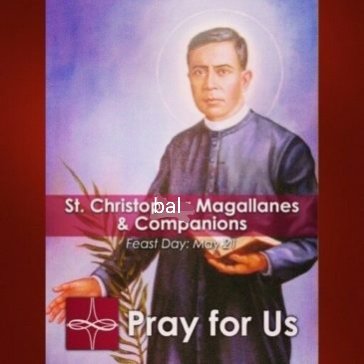
************************************
ALSO CELEBRATED:
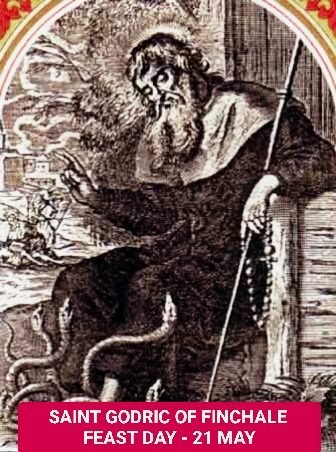
SAINT GODRIC of FINCHALE, Hermit
Saint Godric of Finchale was born in 1065, at Norfolk, in the United Kingdom, and died on May 21, 1170, at Finchale Priory, Framwellgate Moor, United Kingdom.
Saint Godric of Finchale was an English hermit, merchant and popular medieval saint, although he was never formally canonised. He was born in Walpole in Norfolk and died in Finchale in County Durham, England.
This long-lived Saint led a full life, pursuing a secular vocation until his middle years and a strictly religious one thereafter. Born about 1065 in Walpole, England, he started out as a peddler, and then took to the sea and became a prosperous trader. He made trips to Scotland, Flanders, and Scandinavia, and even steered the ship in times of danger. He still found time, however, to make pilgrimages to Saint Andrew’s in Scotland, Jerusalem, Compostela, and elsewhere.
In 1102, he assisted King Baldwin I of Jerusalem to escape after the Battle of Ramleh and earned the name of “pirate” from one of his contemporaries. After a brief stint as a steward to a Norfolk landowner he made two more pilgrimages, to Saint Gilles in Provence and to Rome in the company of his mother, who walked barefoot all the way. Then in his middle years he tried his hand at book-learning, and lived for some time with an old recluse near Bishop Auckland.
In 1110, Godric retired to Finchale in a little hut and remained there in solitude for the rest of his life. Here he practiced fearsome penances and dispensed salutary spiritual advice to all who came to him. He gained a power over wild creatures that was looked upon as remarkable and was endowed with the ability of Saint Thomas Becket whom he had never seen in the flesh.
It is also quite likely that this holy man was the first known lyrical poet in English as well as the author of the first known musical settings of English words. Four holy songs taken from his own lips have come down to us. Most remarkable of all is the fact that he was totally ignorant of music and attributed both words and melodies to the Blessed Virgin and his dead sister who appeared to him in a vision. He died in 1170.
Saint Godric of Finchale’s Day is celebrated on 21 May. His kindness to animals was legendary, even to the point of hiding a stag from hunters and allowing snakes to warm themselves by his fire. He also wrote some of the earliest surviving musical settings of hymns in middle English.
PRAYER
Dear God, how radically we can be changed by You is demonstrated by the life of Saint Godric. Such saints, as St. Godric, show us that our lives can change dramatically. St. Godric went from being a pirate to becoming a hermit. And long before St. Francis of Assisi, the holy hermit befriended animals. He abandoned the sailor’s life for a life of prayer. Help us grow in our spiritual life by the example of Saint Godric, so that we too may be guided to live life fully in Christ our Lord. Amen

Saint Godric of Finchale, pray for us!


